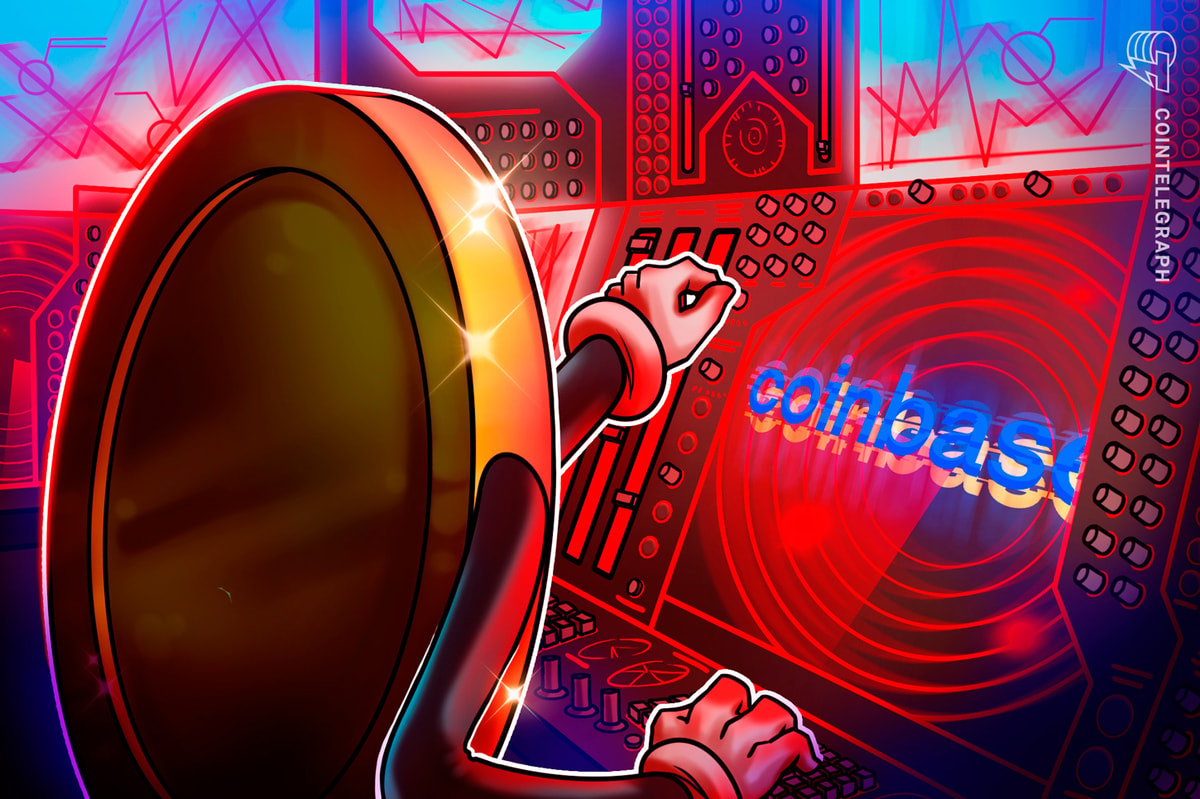
One of the main arguments in favor of fiat currencies as opposed to currencies based on a scarce resource, whether gold, silver or Bitcoins, is that time must be wasted mining something that has no intrinsic value.
Would it not be much more efficient, fiat currency proponents argue, to agree to use something easier to produce, like paper, as currency and have one centralized agency prevent counterfeiting?
However, while these arguments do have some merit against gold (especially due to the serious environmental damage that can come out of mining), Bitcoin mining is far more than the equivalent of minting or gold mining: it also secures the network against counterfeiting, provides receipt functionality (a decentralized database that allows people to reliably prove that a transaction occurred) and, at least in Bitcoin’s critical earlier stages, a means for people to get into the community and start using Bitcoins.
The technical point of block creation that many object to is that it requires the miner solving the block to find a value which hashes to something starting with a certain number of zeroes, a problem that can only be solved by trial and error and is so difficult that it takes all the Bitcoin mining computers in the world an average of ten minutes to find a solution.
Many ask why it was necessary to include this requirement, as opposed to making block creation a simple matter of signing all the transactions, creating a Bitcoin where all 21 million coins are created from the start with minimal computational effort.
There are two reasons why this is not done. The first is the question of monetary distribution — to whom should the initial coins be distributed? As shown by the example of Tenebrix, people are unwilling to trust a system where the currency creator owns the pool and distributes it out slowly as a reward to people who work to benefit the currency, so the only option is to distribute it to the people.
But who are the people?
If coins are to be distributed to random Bitcoin addresses, then we will have miners calculating trillions of hashes generating addresses.
If it is to random IPs, then Bitcoin would have triggered a massive growth in botnets and the impact of people chasing after IP addresses might well have pushed the world onto IPv6 half a year ago.
Computational power, however, cannot be spoofed in this way; if someone figured out a way to make a 10-gigaflop computer pretend to be a 60-gigaflop computer (and thus, through recursion, a 360-gigaflop computer, etc.) that would be, to put it mildly, a major boon to software developers everywhere.
No mechanism, aside from computer power, works to prevent multiple identity spoofing (aka Sybil attacks), and imagine how long a Scandinavian welfare state would survive if one person could pretend to be a thousand.
And if one person could pretend to be 51% of the network, the consequences are even worse.
The multiple identity spoofing problem is one of the greatest challenges of the Internet in general.
Consider its results outside of Bitcoin. Domain name registration is centralized, Gmail account creation now requires a phone number, account creation anywhere solves the problem with a human proof-of-work, the captcha.
Cryptographic proof-of-work, although inefficient, is the only currently available practical means of solving the problem while maintaining the anonymity of the Internet, and Bitcoin and Bitcoin’s ideological parent, Hashcash, an anti-spam system which required email senders to solve the reverse hash problem, recognize this.
Now, how much electricity does Bitcoin use up?
According to data from BitcoinWatch, as of April 2 the network’s total hashrate is about 10 trillion hashes per second, and mining hardware operates at an efficiency of about 1.8 Mhash/J for the best available GPUs and 18 Mhash/J for specialized FPGA devices.
Assuming an average of 2 Mhash/J for the entire network, the network uses 5 million joules, or 1.4 kilowatt hours, per second.
With an electricity cost of $0.10/kWh, that’s $12,100 per day.
This seems extreme: a $45 million network taking a tenth of its value every year to maintain.
However, this misses the long-term picture.
At the end of 2012, the reward of mining will go down by a factor of two, and this will continue every few years until ultimately the reward disappears entirely and is replaced by transaction costs.
What happens then?In the long term, the size of the network is driven by two things and only two things: the price of a Bitcoin and the block creation reward (set reward plus transaction fees).
This is because each miner keeps running as long as he earns more than he spends, so the network as a whole must cost less than the value of USD it gains for itself. What is the most interesting in this equation is what’s missing: any consideration for the efficiency of the hardware.
If all hardware gets ten times as cheap and efficient, then new miners will appear until the network is ten times as large and thus costs the same amount as it did previously.
If miners figure out that they can dual-use their mining electricity by making their computers heat their homes during the winter, that would be a very positive change since it would decentralize mining to something every home or business does rather than a task done by centralized, specialized supercomputers and it would increase the network’s hash power and thus security but it would not ultimately reduce the mining cost.
Since there will ultimately be no preset reward, how large will the network end up?
Taking a random survey of 20 blocks, the total transaction reward is on average 0.01 per block, or 5000 times less than the current preset reward.
Thus, if the reward were to disappear now, in the long term, once the distortion from the investment that has been made into existing hardware wears off, the network’s power would decrease to a mere 1.6 Ghash/s, or $2.60 per day.
Now, what if Bitcoin were to take over the world’s monetary system?
There are now 8.3 trillion US dollars in the world (both physical and virtual), so if Bitcoin were to take control of all that, its (equivalent, since in such a world USD would likely no longer exist) price would be $8.3 trillion / 21 million, or $3.95 million USD per BTC.
Assuming that transaction fees stay the same (a fair assumption, since total fees as measured in real value and the real-value price of a bitcoin both roughly scale with the size of the community so the two cancel out), the network will cost at most the real value of the transaction fees (1.44 BTC per day) — $2.08 billion per year.
Just the US Mint spends $7 billion per year right now, not to mention the private businesses that will be supplanted by Bitcoin — Visa, MasterCard, PayPal, much of the banking system, etc. Even with transaction fees 50 times as high, Bitcoin will be worth it.









